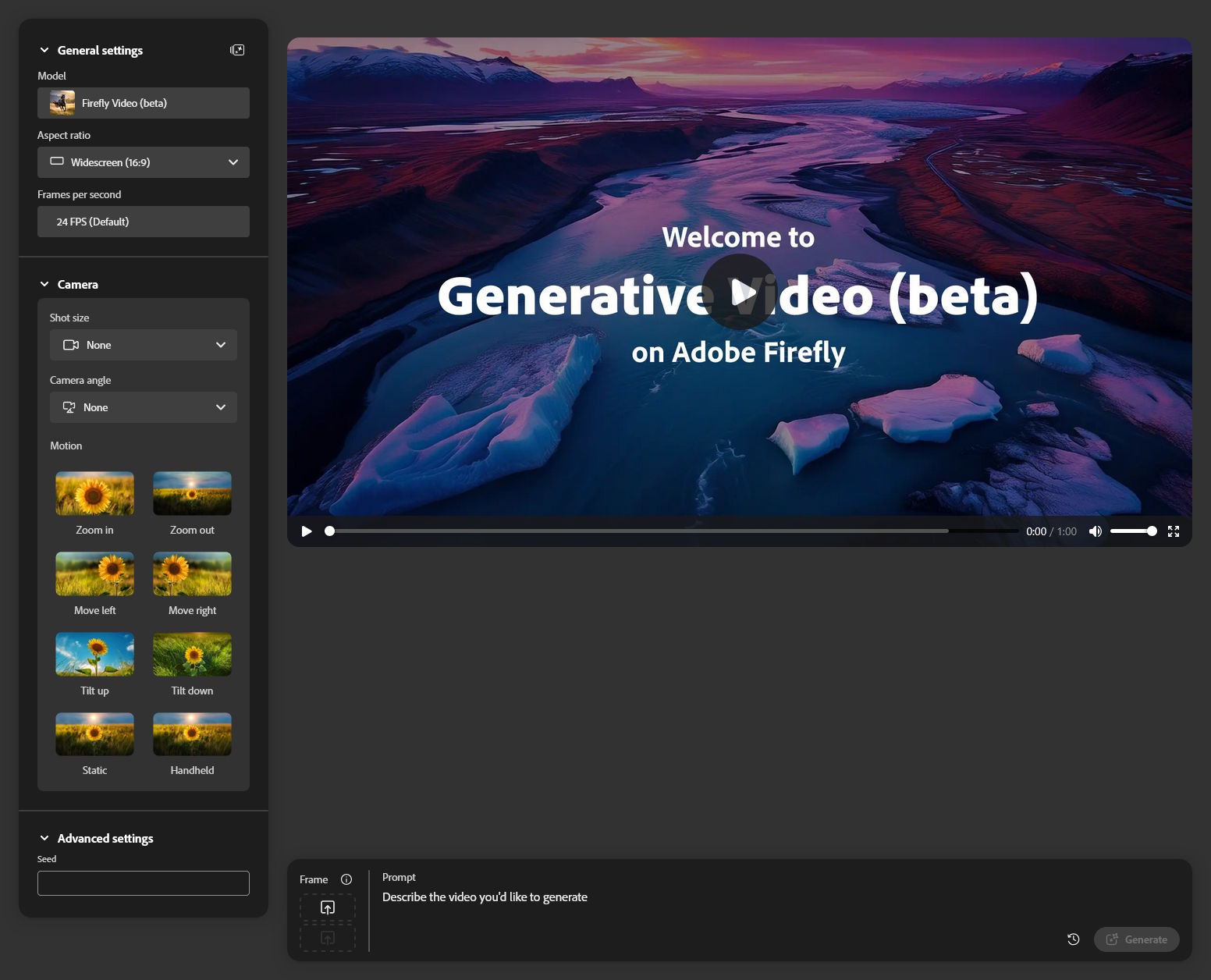
Adobe Creative Cloud with Firefly AI: Complete Buyer's Guide
Enterprise-grade generative AI suite
Adobe Creative Cloud with Firefly AI represents Adobe's strategic integration of commercially safe generative AI capabilities directly into its established creative ecosystem, targeting design professionals seeking efficiency gains while maintaining brand safety standards.
Market Position & Maturity
Market Standing
Adobe Creative Cloud with Firefly AI operates from a position of established market leadership in creative software, leveraging Adobe's dominant position in professional design tools to introduce AI capabilities within familiar workflows.
Company Maturity
Market maturity indicators position Firefly within the emerging AI category while building on Adobe's established foundation.
Growth Trajectory
The platform addresses documented market gaps, particularly the implementation divide where 29% of design leaders prioritize AI integration but only 19.9% of individual contributors actively adopt AI tools[11].
Industry Recognition
Enterprise validation comes through documented implementations across major organizations including Paramount+, Mattel, Deloitte Digital, and IBM[43][47].
Strategic Partnerships
Strategic partnerships and ecosystem positioning benefit from Adobe's established relationships with enterprise customers and creative agencies.
Longevity Assessment
Long-term viability appears strong given Adobe's market position and continued investment in AI capabilities.
Proof of Capabilities
Customer Evidence
Enterprise Customer Validation demonstrates Firefly's effectiveness across diverse industry implementations. Paramount+ successfully scaled personalized fan engagement campaigns through character illustration generation, while Mattel leveraged the platform for brand asset creation[47].
Quantified Outcomes
Quantified Performance Outcomes include documented prototype development acceleration with customer cases showing development timelines reduced from traditional 5+ week cycles to 2-day implementations[12].
Case Study Analysis
Healthcare Marketing Success at Studio Rx (IPG Health) resulted in reduced rebranding timelines using Firefly's Custom Models, with Matt Hall noting that 'Firefly capabilities reduced our production timelines significantly'[47].
Market Validation
Customer implementations demonstrate effective content localization through text-to-avatar generation for localized marketing materials, supporting global deployment scenarios[46].
Competitive Wins
Brand Safety Validation addresses the 55% of designers concerned about copyright risks through commercially safe AI training exclusively on Adobe Stock and public domain content[18][41][44].
Reference Customers
Enterprise deployments at Paramount+, Mattel, Deloitte Digital, and IBM demonstrate platform maturity for complex organizational requirements[43][47].
AI Technology
Adobe Creative Cloud with Firefly AI employs commercially safe generative AI training exclusively on Adobe Stock imagery, openly licensed content, and public domain materials[41][44].
Architecture
The platform's multi-modal AI architecture spans four primary generation types: text-to-image creation, text-to-video production with advanced camera controls, vector generation, and AI-powered photo editing capabilities[39][45][46].
Primary Competitors
Competitors like Uizard and Visily focus on specialized wireframing capabilities[54][55], and alternatives like Dynamic Mockups center on templated approaches.
Competitive Advantages
Primary Competitive Advantages center on commercially safe AI training addressing intellectual property concerns that affect 55% of surveyed designers[18][41][44].
Market Positioning
Market Context positions Firefly within the established platform category adding AI capabilities, competing against both pure-play AI design tools and other platforms integrating AI features.
Win/Loss Scenarios
Alternative Scenarios where competitors excel include real-time collaboration requirements where Uizard and Visily provide superior wireframing capabilities[1][9].
Key Features

Pros & Cons
Use Cases
Integrations
Featured In Articles
Comprehensive analysis of AI Visual Mock Test Tools for AI Design for AI Design professionals. Expert evaluation of features, pricing, and implementation.
How We Researched This Guide
About This Guide: This comprehensive analysis is based on extensive competitive intelligence and real-world implementation data from leading AI vendors. StayModern updates this guide quarterly to reflect market developments and vendor performance changes.
58+ verified sources per analysis including official documentation, customer reviews, analyst reports, and industry publications.
- • Vendor documentation & whitepapers
- • Customer testimonials & case studies
- • Third-party analyst assessments
- • Industry benchmarking reports
Standardized assessment framework across 8 key dimensions for objective comparison.
- • Technology capabilities & architecture
- • Market position & customer evidence
- • Implementation experience & support
- • Pricing value & competitive position
Research is refreshed every 90 days to capture market changes and new vendor capabilities.
- • New product releases & features
- • Market positioning changes
- • Customer feedback integration
- • Competitive landscape shifts
Every claim is source-linked with direct citations to original materials for verification.
- • Clickable citation links
- • Original source attribution
- • Date stamps for currency
- • Quality score validation
Analysis follows systematic research protocols with consistent evaluation frameworks.
- • Standardized assessment criteria
- • Multi-source verification process
- • Consistent evaluation methodology
- • Quality assurance protocols
Buyer-focused analysis with transparent methodology and factual accuracy commitment.
- • Objective comparative analysis
- • Transparent research methodology
- • Factual accuracy commitment
- • Continuous quality improvement
Quality Commitment: If you find any inaccuracies in our analysis on this page, please contact us at research@staymodern.ai. We're committed to maintaining the highest standards of research integrity and will investigate and correct any issues promptly.